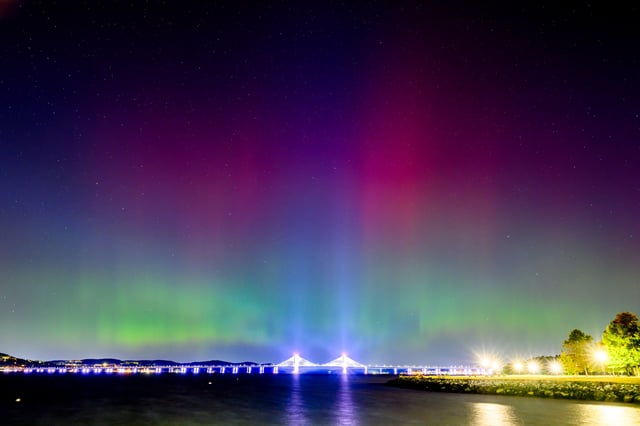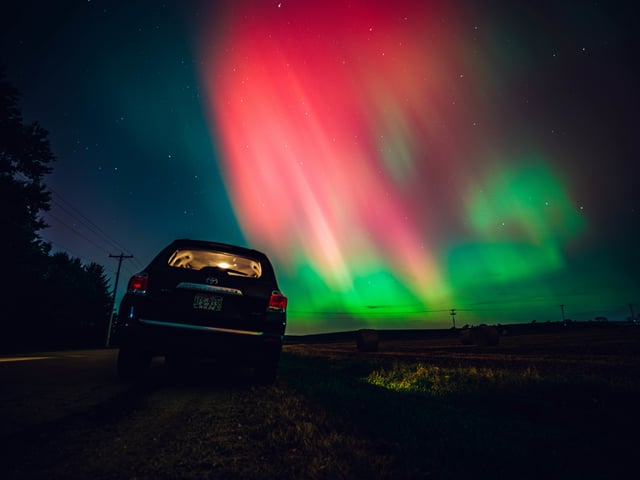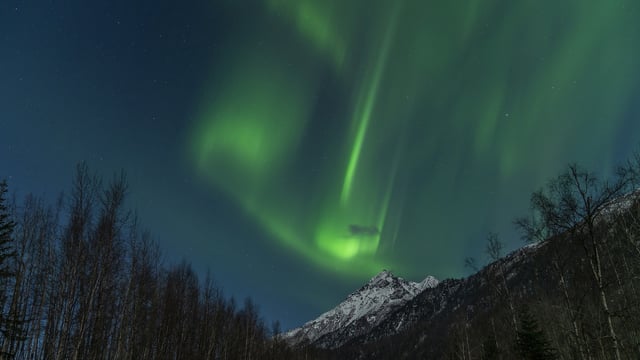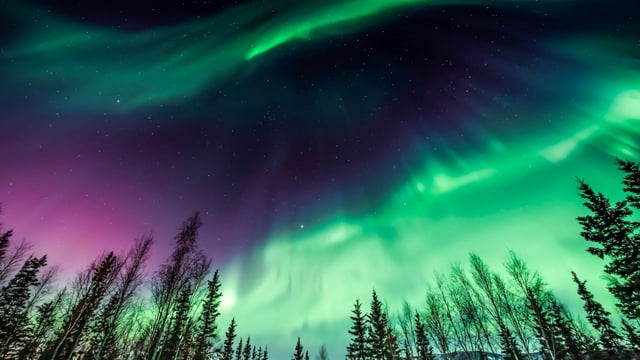Overview
- The Space Weather Prediction Center forecasts a G1 (minor) geomagnetic storm late on Aug. 18 into Aug. 19 with the Kp index possibly reaching 5, which can push auroras far from their usual polar zones.
- Roughly 14–16 states are on the agency’s aurora viewline for the event, with the best chances concentrated in northern-tier states including Alaska, Washington, Idaho, Montana, the Dakotas, Minnesota, Wisconsin, Michigan, parts of New York and New England.
- NOAA’s recommended viewing window is roughly 10:00 p.m. to 4:00 a.m. local time, and observers should seek dark, north‑facing locations away from city lights for the best visibility.
- Real‑time conditions will determine sightings, so watchers should consult NOAA’s 30‑minute forecasts and aurora maps and use tools such as the Glendale app or Aurorasaurus while also monitoring local cloud cover.
- At G1 strength, impacts are mainly visual and limited to brighter auroras and minor, manageable effects on high‑frequency radio and some satellites, and agencies say elevated aurora chances are likely to persist through about 2026 as the solar maximum wanes.



